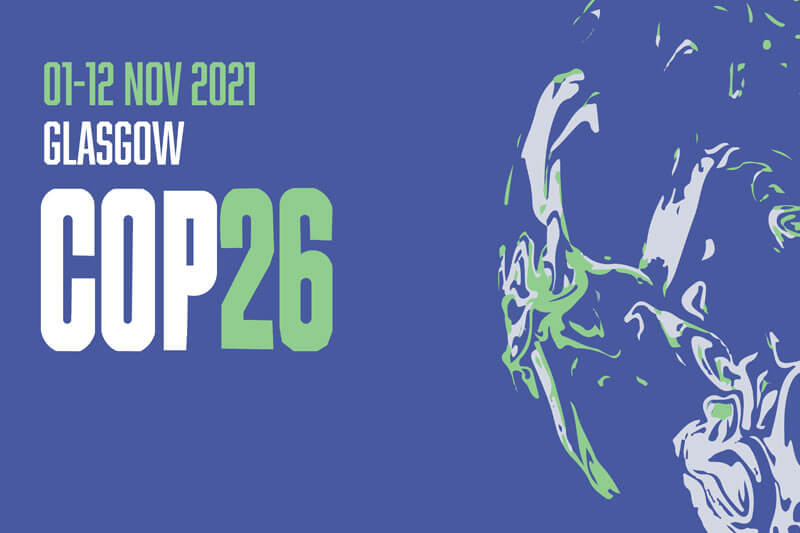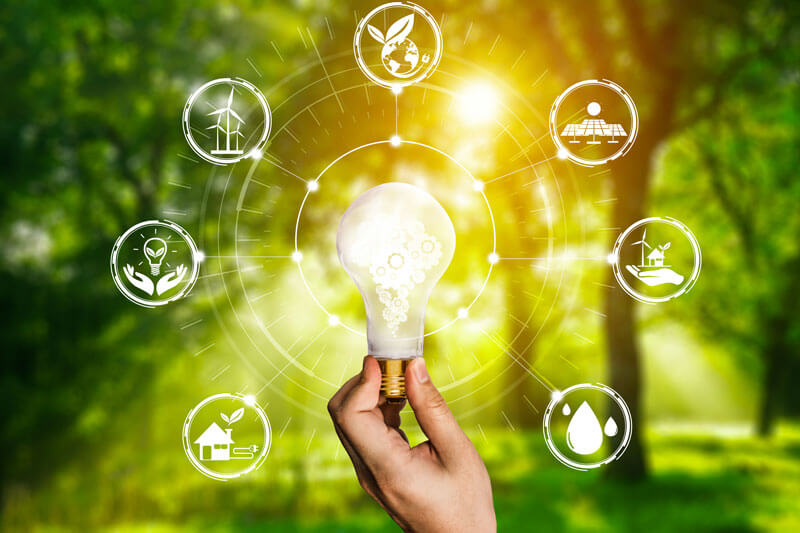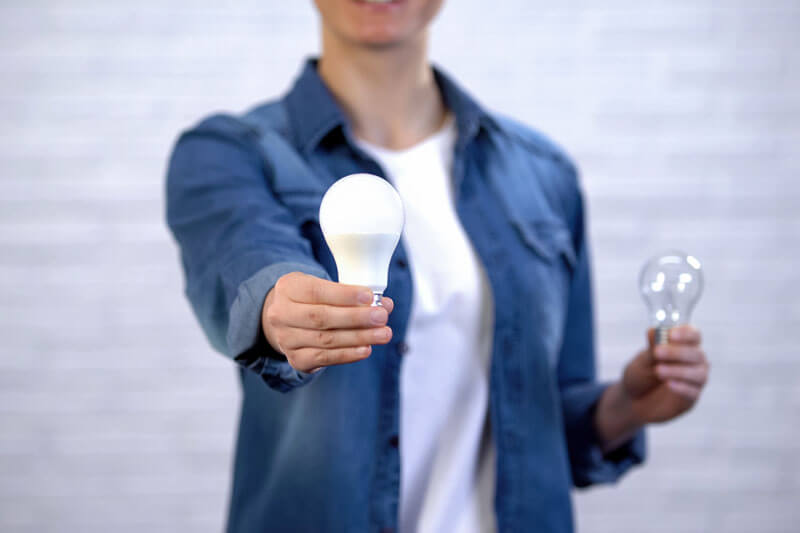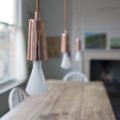You will have noticed online and in other parts of the media that the UK is currently hosting the 26th UN Climate Change Conference of the Parties or COP26, in Glasgow, between the 31st October and the 12th November 2021.
The COP26 event is a global United Nations summit about climate change.
Originally, it was meant to take place in Glasgow last November, but due to the pandemic the 200 world leaders had to wait an additional year.
Brief COP26 facts

COP means Conference of the Parties, and is attended by the various countries that signed the United Nations Framework Convention on Climate Change (UNFCCC) – a treaty agreed in 1994.
The 2021 meeting will be the 26th meeting, which is why it’s called COP26.
What can we do? COP26 and LED light bulbs

With the discussions about climate change in mind, what small actions can we take to help?
There are things that we can do to have a positive impact on the world we live in, such as turning to energy-efficient light bulbs like LED light bulbs.
When you buy LED bulbs and use them as your primary source of light, you’ll quickly realise that they are one of the quickest and easiest ways of making your home more energy-efficient, while at the same time, dramatically reducing your footprint.
Some people are put off because of factors such as the effort it may take and cost, but changing from your existing light bulbs to LED light bulbs really couldn’t be easier – because they generally arrive with a like-for-like retrofit design – which means you can replace your old lights without having to refurbish your whole lighting setup.
Quick LED light bulb facts

LED light bulbs use a whopping 90% less energy than the incandescent equivalent. This means the change straight away will decrease your primary footprint, because far less fossil fuel would need to be burned, in order to produce it.
LED light bulbs come with a life-expectancy that’s up to 20 times longer than a traditional incandescent bulb, which means that you’ll only need to replace them every 20,000 hours, or 6.85 years in far more simpler terms (8 hours use per day).
LED light bulbs are also manufactured using 100% recyclable materials, unlike traditional light bulbs, so they won’t end up in landfill sites at the end of their lives.
In a typical household, lighting takes up roughly 17% of its annual electric usage, so by reducing its use and using more energy-efficient LED light bulbs, it will only make a more positive impact on your energy bills too.
LED light bulbs and us
We have decades of lighting experience which means we can help you find the best solution and at the best cost.
If you’d like any further information about anything we’ve discussed in this blog, or if you have a lighting question we haven’t covered, then get in touch with a member of our team today. We’d be happy to help.
We also have a large library of buying guides and practical help available on our site, offering all the technical help you could need. Our buying guides will help you choose the right LED bulbs, while some of our other blog posts contain all the latest lighting news, tips and tricks.




